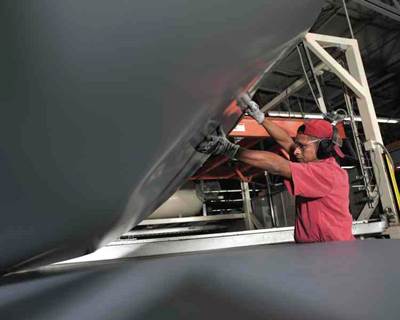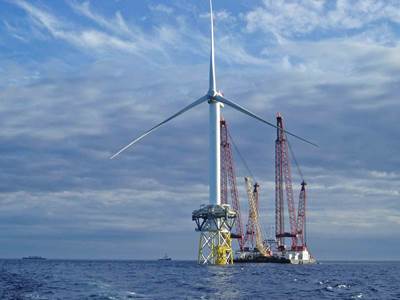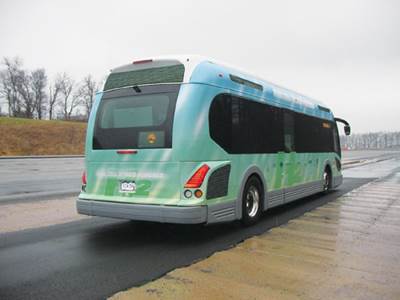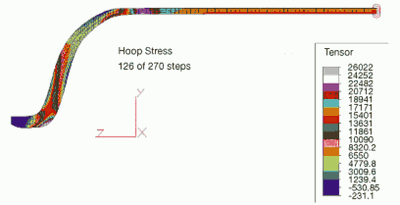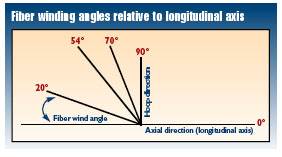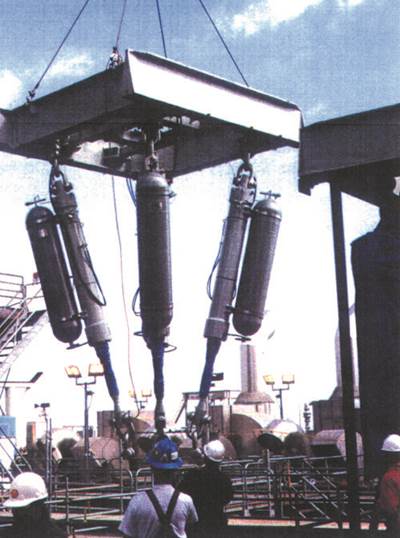Markets
Deep draw: Unique laminate architecture enables bus part
For a major mass-transit manufacturer, Amtech LLC (Wapato, Wash.) successfully thermoforms a luggage cover with a remarkably deep draw of 40 inches (1,016 mm), using a laminate architecture that includes a top layer of 0.180-inch/4.5-mm gauge Grade 4800 thermoplastic sheet, supplied by Boltaron (Newcomerstown, Ohio).
Read MoreThe first commercial Type V composite pressure vessel
Composites Technology Development's first commercial tank in the Type V category presages growth of filament winding in storage of compressed gases.
Read MorePressure vessel tank types
Pressure vessels have been classified in four categories, based on their construction. Each type has assets and liabilities.
Read MoreCarbon fiber market: Gathering momentum
All signs point to increasing demand from many market sectors. Will capacity keep pace?
Read MoreLightweighting a heavyweight
Process combination produces significantly lighter overhead storage bins for big-rig sleeper cabs.
Read MoreTeam-built bus body bests all
OEM meets tight development schedule on superlight multipart molded shell to offset propulsion system weight in fuel cell-powered transit bus.
Read MoreThe outlook for composite pressure vessels
Environmental and economic pressures continue to drive growth in the market for composite pressure vessels used in personal and public transportation applications.
Read MoreTowpreg Proves Cost-competitive For Wound Pressure Vessels
Design group's new winding option streamlines new pressure vessel development.
Read MoreDesign Issues
Typical FRP pipe is reciprocally filament wound with a fiber angle of ±54.75° relative to the longitudinal (0°) axis. This architecture satisfies stress loads in both the circumferential (hoop) and longitudinal (axial) directions for most pipes and pressure vessels. It withstands the in-use pressure, ther
Read MoreComposite Accumulator Bottles Perform In Service
A riser tensioning system for a TLP consists of a tensioning ring and framework, with four to eight hydraulic cylinders — each with an attached pressure vessel or “accumulator bottle” — to support and allow movement of the rigid riser pipe. Installed in the riser wellbay, this primary structural system is desi
Read More